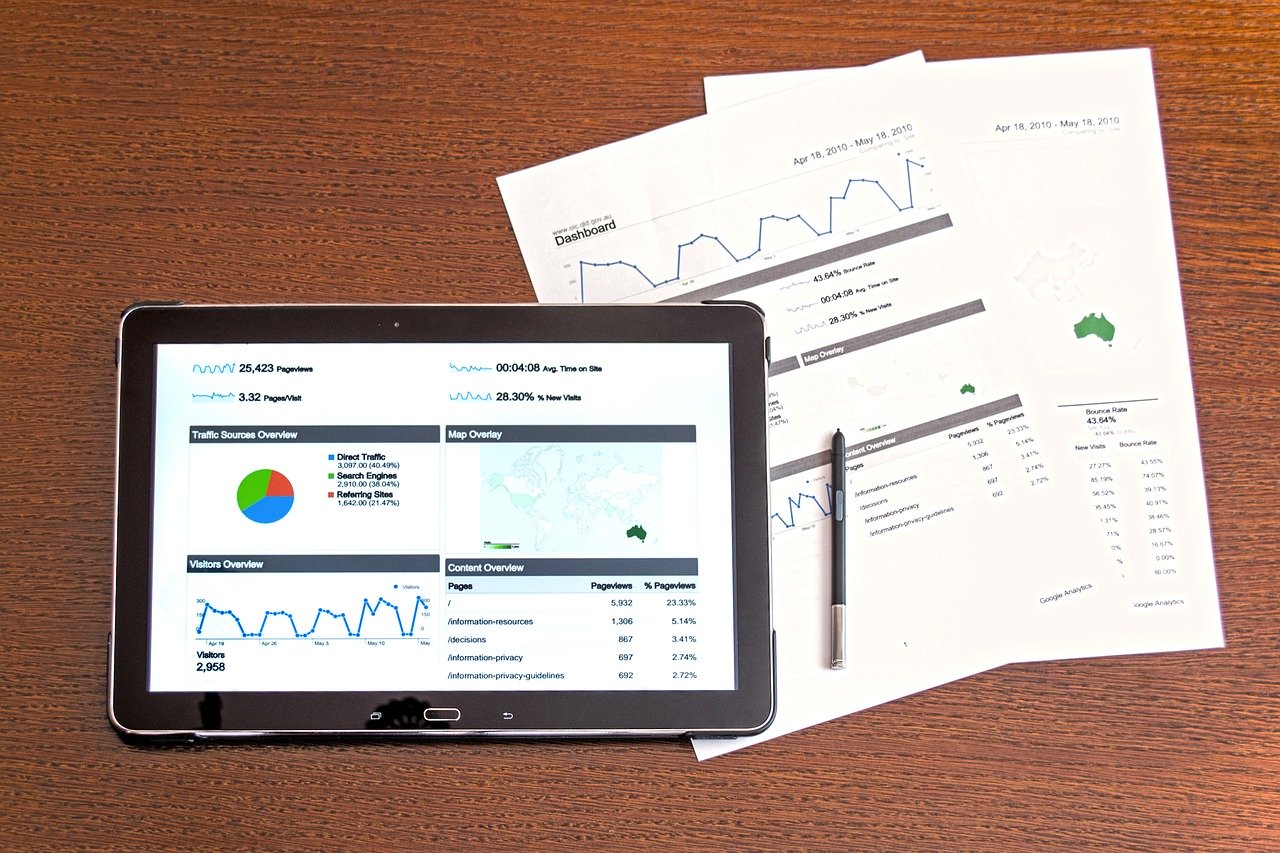OTAN News
Using Data to Drive Decision-Making
One of the features of using technology in the classroom is the ability to generate data, often instantaneously, on student performance. We’re all familiar with standardized testing, such as CASAS eTesting, that will give the student a result once they complete the test. A lot of tech tools, especially those that give the teacher the ability to do formative assessment at the start, in the middle, or at the end of class, also generate quantitative and qualitative data, sometimes scored if the assessment is created that way. The question to ask is, do teachers and administrators know what to do with the data to better student and program performance?
In the SmartBrief article Watching them grow, we have an example from the Wilson County School District in Tennessee on how district educators are using data to rethink their approach to students and improving their classroom performance and learning. The main takeaway from the article is changing the orientation towards assessment and results from punitive to proactive. In their case, this means making sure that data are everywhere, front and center, for everyone to see and think about continuously. It also means getting to know students better and strengthening relationships with students, which helps us understand where our students are and what they need to achieve their goals. We can start using this data in a proactive manner (and change the messaging around data) to create instruction and assessment that match student interests with curricular standards.
This requires a collective effort among school staff to recognize and understand data that is generated when they assess students. Teachers are not always trained to read and use data, so part of their professional development should focus on building data literacy skills among staff members and creating a collaborative culture where staff can use data as a catalyst for discussions on how to improve instruction and meet the needs of students. The article Data Driven Instruction: Definition and 11 Strategies provides some ideas on how to create this culture of using data to drive decision-making.
Data is a powerful tool we can use to help our students improve their learning. When we think about integrating technology into our instruction, we should learn how to take advantage of the data generated by technology for the benefit of our students.
Article: Watching them grow from SmartBrief
Article: Data Driven Instruction: Definition and 11 Strategies from Prodigy


